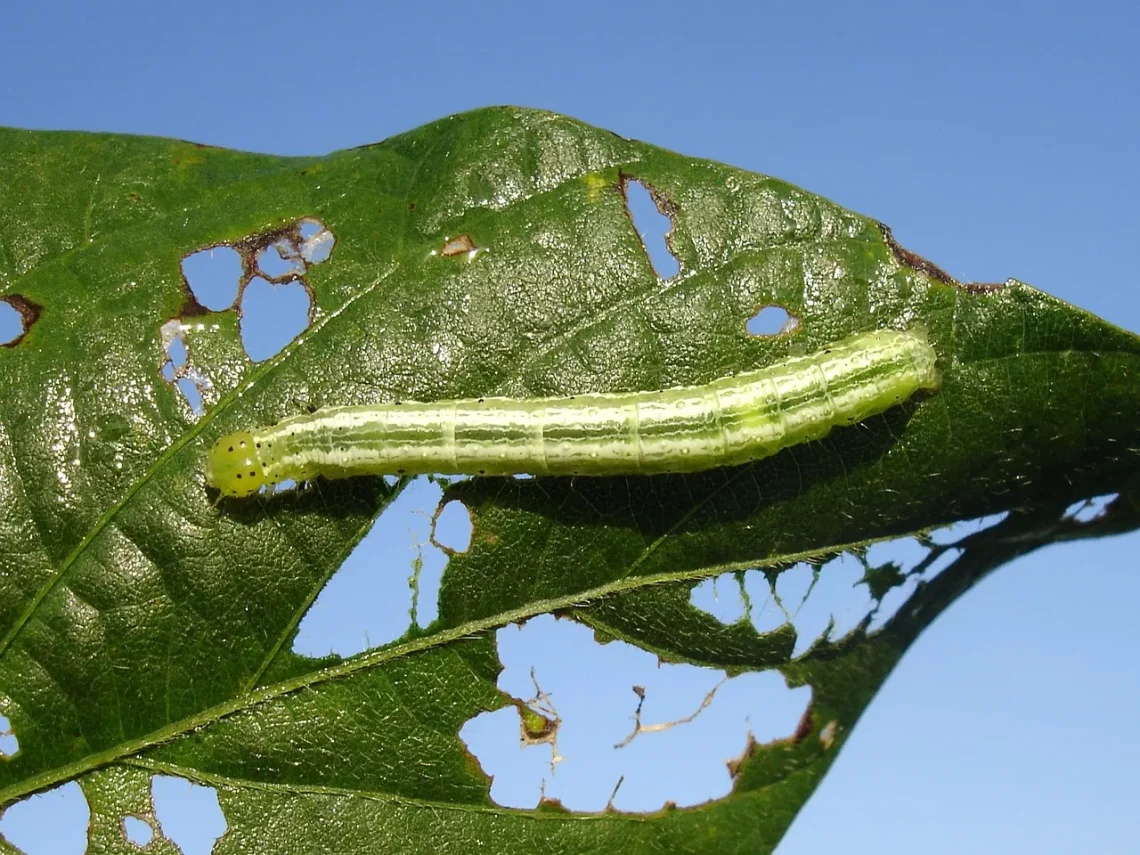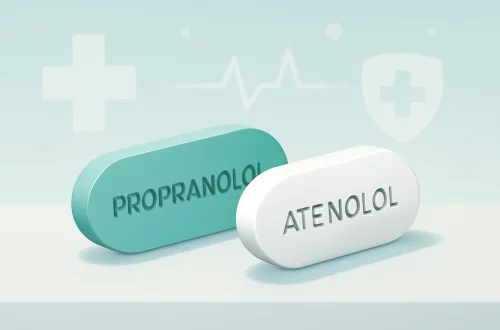
Understanding Chicken Eye Worm: Symptoms, Treatment, and Prevention
Understanding Chicken Eye Worm: Symptoms, Treatment, and Prevention
The world of poultry farming is vast and diverse, encompassing a myriad of practices, challenges, and health concerns. One of the lesser-known yet significant health issues that can affect chickens is the presence of the chicken eye worm. This parasitic infection, caused by the nematode *Oxyspirura mansoni*, poses risks not only to the health of the birds but also to the overall productivity of poultry operations. These parasitic worms can infiltrate the eye region of chickens, leading to various complications if left unchecked. Understanding the nature of chicken eye worm infections is essential for poultry farmers and bird enthusiasts alike, as it can significantly impact the welfare of the chickens and the success of their rearing efforts.
As with many parasitic infections, awareness of symptoms, treatment options, and preventive measures is crucial. Farmers and caretakers must be vigilant in monitoring the health of their flocks, ensuring that they can respond promptly to any signs of infection. By delving into the complexities of chicken eye worm, we can foster a better understanding of this condition, paving the way for healthier poultry and more sustainable farming practices. The following sections will explore the symptoms associated with this infection, the available treatment methods, and proactive steps that can be taken to prevent infestations in poultry farms.
Identifying Symptoms of Chicken Eye Worm Infection
Recognizing the symptoms of chicken eye worm infection is the first step towards effective management and treatment. The manifestations of this condition can vary, and some signs may be subtle, making it essential for poultry keepers to monitor their birds closely. Affected chickens may exhibit a range of ocular symptoms, primarily due to the location of the worms.
One of the most common symptoms is excessive tearing or watery eyes. This occurs as the body attempts to flush out the irritating presence of the worms. Poultry farmers may notice that their chickens have a watery discharge from one or both eyes, leading to matted feathers around the eye area. In some cases, this discharge can become thick and yellowish, which may indicate a secondary bacterial infection.
Another notable symptom is visible irritation of the conjunctiva, the mucous membrane that covers the front of the eye and lines the eyelids. Chickens infected with eye worms might display redness, swelling, or inflammation in this area. In severe cases, the eye may appear bulging or protruding due to the pressure and irritation caused by the worms.
Chickens suffering from eye worm infections may also exhibit behavioral changes. They could be more prone to scratching at their eyes or rubbing their heads against surfaces in an attempt to relieve discomfort. Additionally, affected birds might show signs of stress or lethargy, which can lead to decreased feed intake and overall poor health.
In some instances, advanced infections can lead to complications such as blindness or even the loss of the affected eye. Therefore, early identification of these symptoms is crucial to prevent further health deterioration. Regular health checks are vital for any poultry operation, enabling caretakers to spot these signs early and take appropriate action.
Treatment Options for Infected Chickens
Once a chicken eye worm infection is diagnosed, prompt treatment is necessary to alleviate the symptoms and eliminate the parasites. Treatment typically involves the use of anthelmintic medications, which are specifically designed to target and kill parasitic worms. These drugs can effectively clear the infection and provide relief to the affected birds.
Common medications for treating chicken eye worms include ivermectin and fenbendazole. Ivermectin is a widely used anthelmintic that can be administered either orally or through injection, depending on the severity of the infestation and the specific recommendations of a veterinarian. Fenbendazole is another effective option that can be given in the feed or water, making it convenient for large flocks.
Before administering any medication, it is essential for poultry keepers to consult with a veterinarian who can provide guidance based on the specific circumstances of the flock. Proper dosage and administration are crucial to ensure the safety and efficacy of the treatment.
In addition to pharmaceutical interventions, supportive care is also important during the treatment process. Providing a clean and stress-free environment can help the birds recover more quickly. Affected chickens should be isolated from the rest of the flock to prevent the spread of the infection and to allow for focused care.
Hydration and nutrition are critical during recovery; ensuring that the chickens have access to fresh water and high-quality feed can support their immune systems and overall health. Monitoring the flock closely during and after treatment will help identify any lingering symptoms or complications that may require further attention.
Preventive Measures to Avoid Chicken Eye Worm Infestation
Prevention is often the best strategy when it comes to managing chicken eye worm infections. Implementing a comprehensive biosecurity plan can significantly reduce the risk of infestation and protect the health of the flock.
One of the primary preventive measures is to maintain a clean and hygienic living environment for the chickens. Regular cleaning of coops, nesting areas, and feeding stations will minimize the buildup of parasites and their eggs. Additionally, ensuring that the chickens have access to clean water and uncontaminated feed is crucial in preventing infections.
Another effective strategy is to practice good flock management. This includes regular health checks to monitor for any signs of illness, as well as keeping newly introduced birds separate from the existing flock for a period of observation. This quarantine period allows for the detection of any potential health issues before they can spread to the rest of the birds.
Poultry farmers should also consider rotating their flocks and using different grazing areas, as this can help break the life cycle of parasites and reduce the likelihood of reinfestation. Introducing beneficial insects or using natural remedies, such as diatomaceous earth, can also aid in controlling external parasites that may contribute to infections.
Lastly, educating oneself about the life cycle and transmission routes of chicken eye worms is essential for effective prevention. Understanding how these parasites spread can empower poultry keepers to take proactive measures, such as regularly inspecting birds for symptoms and working with a veterinarian to develop a tailored prevention plan.
In conclusion, managing chicken eye worm infections requires vigilance and proactive measures. By identifying symptoms early, implementing effective treatment protocols, and taking preventive steps, poultry farmers can protect the health of their flock and ensure a thriving poultry operation.
**Disclaimer:** This article is intended for informational purposes only and does not constitute medical advice. For any health-related issues concerning your poultry, please consult a qualified veterinarian.




